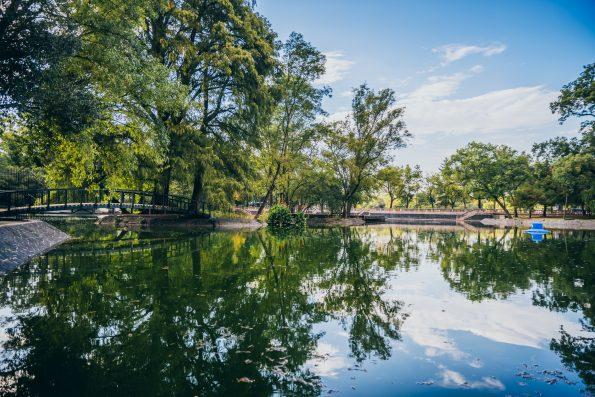Archaeologists Digging In Mexico Recently Stumbled Upon Ten 3,000-Year-Old Cone-Shaped Tombs, Half Of Which Still Contained Human Remains

Many of the greatest archaeological finds have been made at long-lost ancient burial grounds. Tombs where people from the past were laid to rest in long ago are always of interest.
In Mexico, archaeologists digging at a park came across ten conical tombs that date back over 3,000 years ago.
According to the National Institute of Anthropology and History, the tombs were located in Chapultepec Forest, and half of them still contained human remains.
Chapultepec Forest covers more than 1,482 acres, making it the largest urban park in all of Latin America. In pre-Hispanic times, the area once served as a place of recreation for Aztec rulers.
The tombs were revealed during construction work for a cable car line that will be installed around the edges of certain sections of the park.
The discovery has indicated that a village from the Early and Middle Preclassic periods of Mesoamerican history may have existed in the area.
The cone-shaped tombs were found in June over the past summer. They are also known as “bottle” or “bell” tombs because of the way they were dug into the ground.
These types of graves were present in other regions of ancient Mexico. Additionally, they have been discovered in the north, south, and east of the Basin of Mexico.
With the most recent find, researchers can now say there is a record of the conical tombs in the west as well.

Photo 117873206 © Carlos Araujo – Dreamstime.com – illustrative purposes only
The remains of five individuals were inside the tombs. Four were female, and one was male. Most of them were the age of young adults.
Furthermore, archaeologists unearthed a range of artifacts, some of which were offerings. They included four deer antlers crafted into tools, vessels made from gourds, and several female and “ghost” figurines.
Overall, the evidence collected from the site highlights the complex nature of funerary practices and social activities during the Preclassic period.
The people who lived in this era were skilled in agriculture, pottery, and construction, laying the groundwork for how Mesoamerican societies functioned in the centuries after.
If true crime defines your free time, this is for you: join Chip Chick’s True Crime Tribe
Sign up for Chip Chick’s newsletter and get stories like this delivered to your inbox.
More About:News